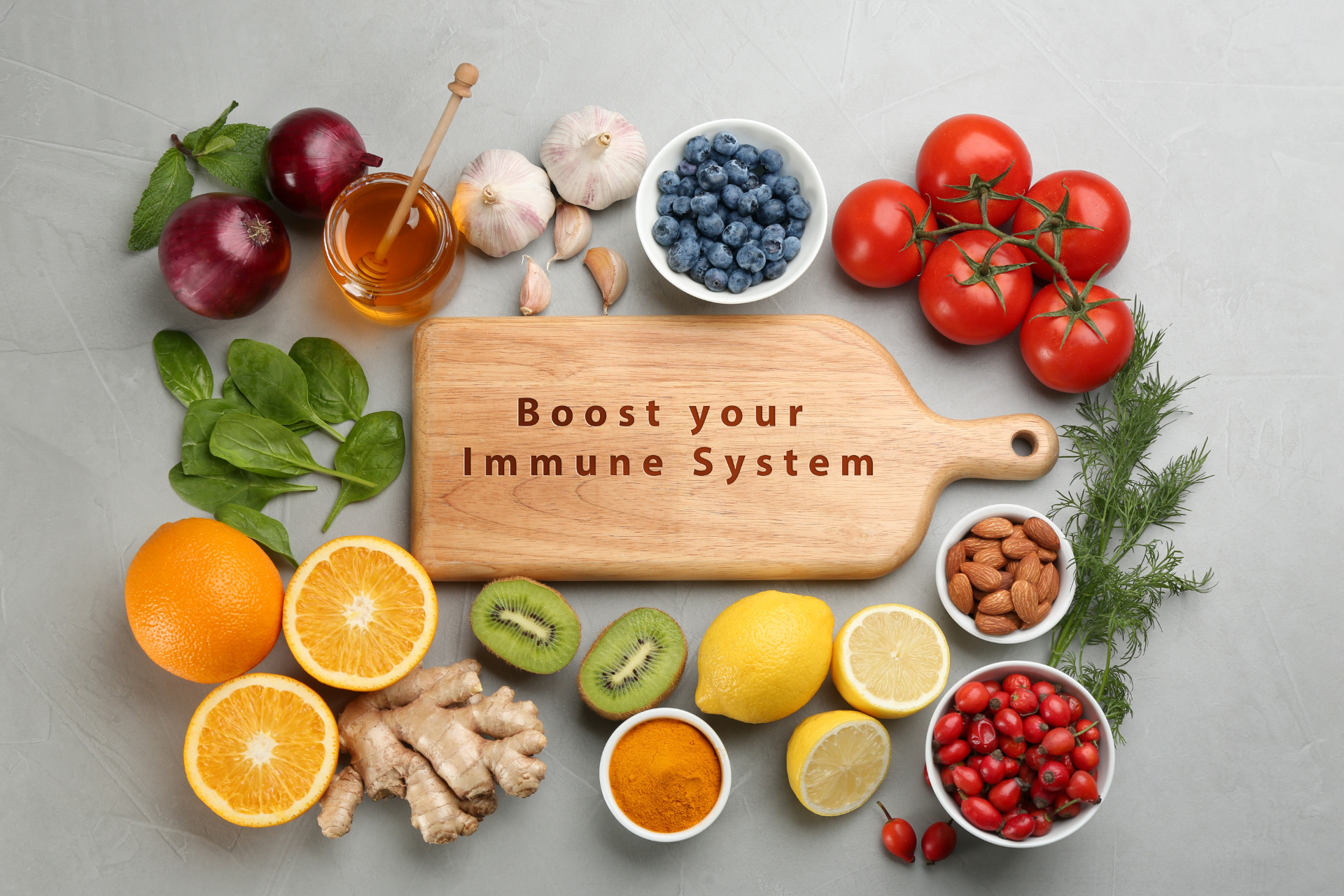Top Tips for Boosting Your Immune System

As the seasons change and the weather fluctuates, it's essential to take care of your body's immune system. A healthy immune system plays a crucial role in protecting you from illnesses and infections, as well as promoting overall well-being. At Fall Creek Skin and Health Clinic, we believe that a proactive approach to boosting your immune system can make a significant difference in your health. In this blog post, we will share some top tips for enhancing your immune system and staying healthy year-round.
1. Eat a Balanced Diet:
One of the most effective ways to boost your immune system is by consuming a diet rich in nutrients. Make sure to include plenty of fruits and vegetables in your meals, as they are packed with essential vitamins and antioxidants that support your immune function. Additionally, focus on incorporating lean proteins, whole grains, and healthy fats into your diet to provide your body with the nutrients it needs to function optimally.
2. Stay Hydrated:
Drinking an adequate amount of water is crucial for maintaining a healthy immune system. Water helps flush toxins out of your body and keeps your cells hydrated, allowing them to function properly. Aim to drink at least eight glasses of water per day, and consider incorporating herbal teas and fresh fruit juices for added hydration benefits.
3. Get Sufficient Sleep:
Quality sleep is vital for immune function and overall health. During sleep, your body repairs and regenerates cells, which is essential for a strong immune response. Aim for 7-9 hours of quality sleep each night to allow your body to rest and recharge. Establish a bedtime routine and create a relaxing sleep environment to ensure you get the rest you need.
4. Manage Stress:
Chronic stress can weaken your immune system and make you more susceptible to illness. Practice stress-reducing techniques such as meditation, deep breathing exercises, yoga, or spending time in nature to help your body cope with stress and promote a healthy immune response. Make time for activities you enjoy and prioritize self-care to support your overall well-being.
5. Stay Active:
Regular physical activity is not only beneficial for your physical health but also plays a role in boosting your immune system. Exercise helps improve circulation, reduce inflammation, and support the production of immune-boosting cells. Aim for at least 30 minutes of moderate exercise most days of the week, whether it's walking, jogging, cycling, or yoga.
6. Maintain Good Hygiene:
Practicing good hygiene habits can help prevent the spread of germs and infections. Wash your hands frequently with soap and water, especially before eating and after using the restroom. Keep surfaces clean and disinfect frequently-touched objects, such as doorknobs, phones, and keyboards, to reduce the risk of exposure to germs.
7. Consider Supplements:
In addition to a healthy diet, supplements can provide an extra boost to your immune system. Vitamin C, vitamin D, zinc, and probiotics are all known to support immune function. Consult with a healthcare provider or nutritionist to determine which supplements may benefit you based on your individual needs.
Boosting your immune system is an ongoing process that requires a combination of healthy lifestyle habits and proactive measures. By incorporating these top tips into your daily routine, you can strengthen your immune system and support your overall health and well-being. At Fall Creek Skin and Health Clinic, we are committed to helping our patients achieve optimal health through personalized care and expert advice. Stay healthy, stay strong, and take care of your immune system—it's your body's first line of defense against illness and infection.



Need Our Services?
Book a free consultation

Our promise is to offer high-quality medical attention at a fair price in a clean, friendly, and professional environment.
QUICK LINKS
BUSINESS HOURS
- Mon - Thu
- -
- Friday
- -
- Saturday
- Appointment Only
- Sunday
- Closed
All Rights Reserved | Fall Creek Skin and Health Clinic |
